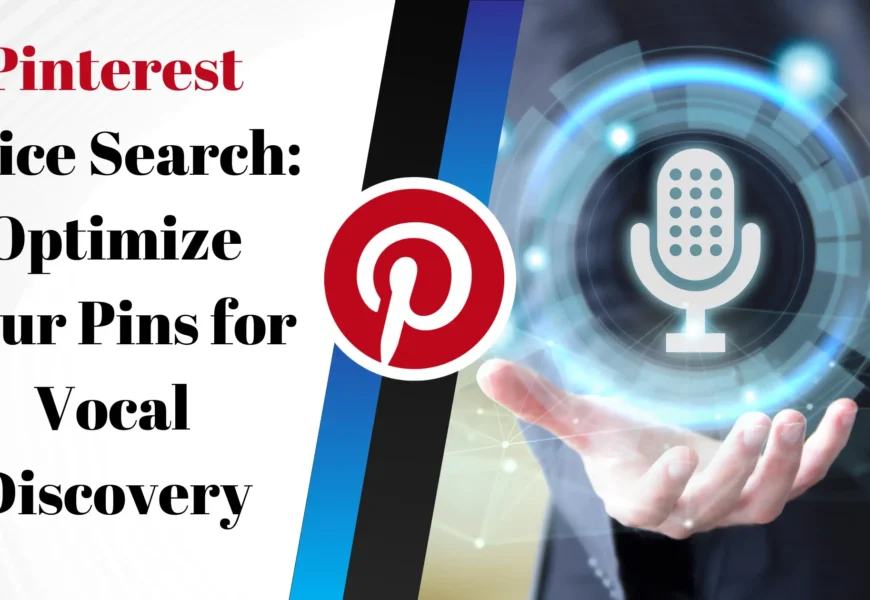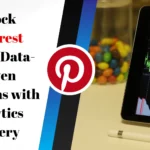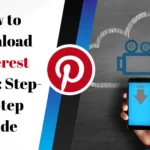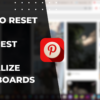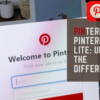Pinterest Voice Search: Optimize Your Pins for Vocal Discovery
Hey there, Pinterest lovers! Ever thought about talking to Pinterest? Sounds a bit futuristic, right? But guess what? Voice search is here, and it’s changing the way we find awesome stuff on Pinterest. Let’s dive into how you can make your pins voice search-friendly and attract a whole new audience.
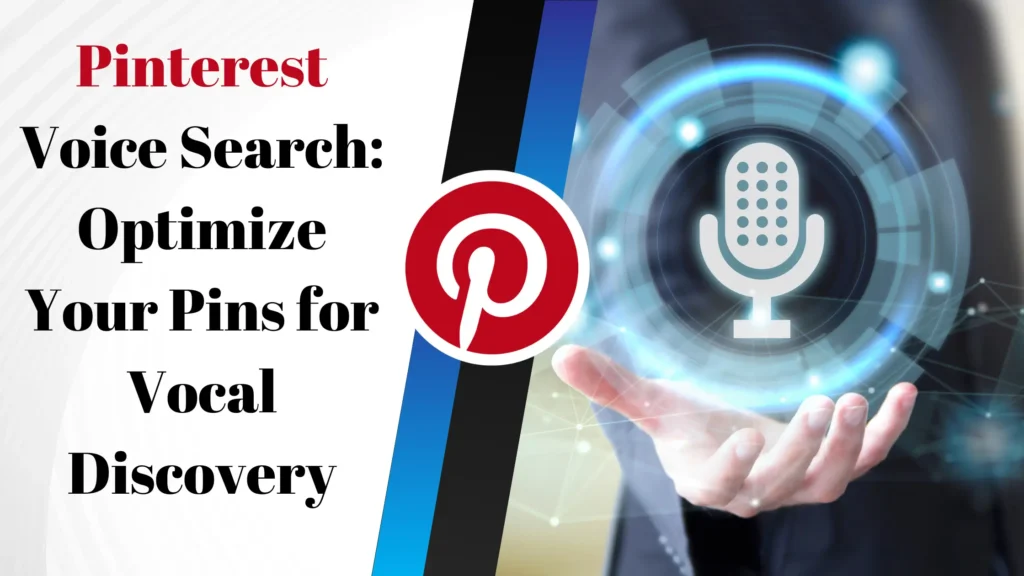
What’s the Buzz About Voice Search?
Okay, so voice search isn’t exactly new. We’ve been chatting with Siri, Alexa, and Google Assistant for a while now. But it’s getting smarter and more popular. Think about it: it’s way easier to ask your phone “What are some easy dinner recipes?” than to type it out, especially when you’re busy cooking!
People love using voice search because it’s:
- Super convenient: Hands-free searching is a lifesaver!
- Fast: Talking is usually quicker than typing.
- Natural: We talk more naturally than we type.
This shift to voice search is impacting everything online, including Pinterest. And that’s where you come in!
Pinterest and Voice Search: A Match Made in Heaven?
You might be wondering, “Why Pinterest? Isn’t it all about visuals?” Absolutely! But visuals need context. When someone uses voice search on Pinterest, they’re not just saying “pretty picture.” They’re asking specific questions or looking for particular ideas.
Pinterest is already a fantastic platform for discovery. People go there to find inspiration for recipes, home decor, fashion, and just about anything else you can imagine. Voice search simply makes that discovery process even easier.
Imagine someone saying, “Pinterest, find me some DIY home decor projects for small apartments.” If your pins are optimized for that kind of query, you’re golden!
Why Optimize Your Pins for Voice Search?
So, why bother? Here’s the deal:
- Reach a Wider Audience: Tap into the growing number of people using voice search.
- Stay Ahead of the Curve: Be an early adopter and gain a competitive edge.
- Improve Your Pin’s Visibility: Well-optimized pins rank higher in search results, voice or text.
Think of it like this: optimizing for voice search is like adding a turbocharger to your Pinterest strategy. It boosts your reach and helps you connect with more people who are looking for exactly what you offer.
How to Optimize Your Pinterest Pins for Voice Search
Alright, let’s get down to the nitty-gritty. How do you actually make your pins voice search-friendly? Here’s a step-by-step guide:
1. Keyword Research: Think Conversationally
Forget those short, choppy keywords you might use for text-based search. Voice search is all about natural language.
Think about how people actually talk. What questions would they ask? For example, instead of “chocolate cake recipe,” try “What’s the best chocolate cake recipe for beginners?”
Use tools like Google Keyword Planner or even just good old-fashioned brainstorming to come up with long-tail keywords (longer, more specific phrases).
2. Craft Detailed Pin Descriptions
This is where those long-tail keywords come into play. Write clear, concise, and descriptive pin descriptions that answer potential questions.
Instead of just saying “Cozy living room,” try “Cozy living room ideas for small spaces with a fireplace.” Be specific!
Include relevant keywords naturally. Don’t stuff your descriptions with keywords just for the sake of it. Focus on providing valuable information that people will find helpful.
3. Optimize Your Pin Titles
Your pin title is like the headline of a newspaper article. It needs to grab attention and tell people what your pin is all about.
Use similar strategies as you did for your descriptions. Incorporate relevant keywords and make sure your title accurately reflects the content of your pin.
4. Use High-Quality Images and Videos
Visuals are still king on Pinterest! Make sure your images and videos are high-quality, visually appealing, and relevant to your pin description and title.
Think about the kind of visuals that would grab someone’s attention while they’re scrolling through Pinterest.
5. Organize Your Boards
Your Pinterest boards are like categories in a library. Make sure they’re well-organized and clearly labeled.
Use relevant keywords in your board titles and descriptions. This helps Pinterest understand what your boards are all about and makes it easier for people to find your pins.
6. Add Alt Text to Your Images
Alt text is a short description of your image that helps search engines understand what the image is about. It’s also important for accessibility, as it allows people with visual impairments to understand the content of your images.
Include relevant keywords in your alt text, but keep it concise and descriptive.
7. Claim Your Website
Claiming your website on Pinterest is important for a few reasons:
- It allows you to track analytics for your pins.
- It adds your website URL to your profile, making it easier for people to find your website.
- It helps Pinterest verify that you are the owner of the content you are pinning.
8. Use Hashtags Wisely
Hashtags can help people find your pins when they’re searching for specific topics. Use relevant hashtags in your pin descriptions, but don’t overdo it.
A few well-chosen hashtags are better than a bunch of irrelevant ones.
9. Analyze and Adapt
Keep an eye on your Pinterest analytics to see which pins are performing well and which ones aren’t. Pay attention to which keywords are driving traffic to your pins.
Use this information to refine your optimization strategies and create more content that resonates with your audience.
Examples of Voice Search-Optimized Pins
Let’s look at a couple of examples to illustrate what we’ve been talking about:
- Original Pin Title: “Easy Chicken Dinner”
- Voice Search-Optimized Title: “What are some easy chicken dinner recipes for busy weeknights?”
- Original Pin Description: “Delicious and quick chicken dinner recipe.”
- Voice Search-Optimized Description: “Looking for a simple and tasty chicken dinner recipe that you can make in under 30 minutes? This recipe is perfect for busy weeknights and uses ingredients you probably already have in your pantry.”
See the difference? The voice search-optimized versions are longer, more descriptive, and answer potential questions.
Tools to Help You Optimize for Pinterest Voice Search
Here are a few tools that can help you with your Pinterest voice search optimization efforts:
- Google Keyword Planner: For keyword research.
- SEMrush: For competitor analysis and keyword tracking.
- Pinterest Analytics: To track the performance of your pins.
- Grammarly: To ensure your pin descriptions are clear and error-free.
Common Mistakes to Avoid
Here are a few common mistakes to avoid when optimizing your pins for voice search:
- Keyword Stuffing: Don’t cram your descriptions with keywords just for the sake of it.
- Ignoring Visuals: High-quality images and videos are still crucial.
- Neglecting Pin Descriptions: Your descriptions are your chance to provide valuable information and answer potential questions.
- Not Analyzing Your Results: Track your analytics and use the data to refine your strategies.
The Future of Pinterest and Voice Search
Voice search is only going to become more prevalent in the future. As voice assistants get smarter and more integrated into our lives, people will increasingly rely on voice to find information and inspiration online.
By optimizing your Pinterest pins for voice search, you can future-proof your Pinterest strategy and stay ahead of the curve.
Ready to Get Started?
So, what are you waiting for? Start optimizing your Pinterest pins for voice search today! It’s a simple change that can make a big difference in your reach and engagement.
Have you tried optimizing your pins for voice search? What results have you seen? Share your experiences in the comments below!

